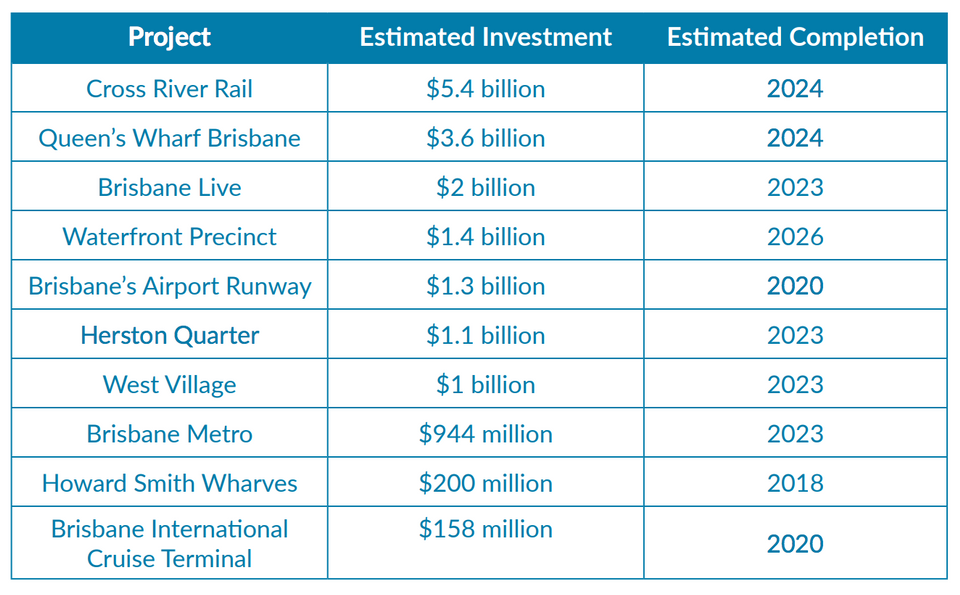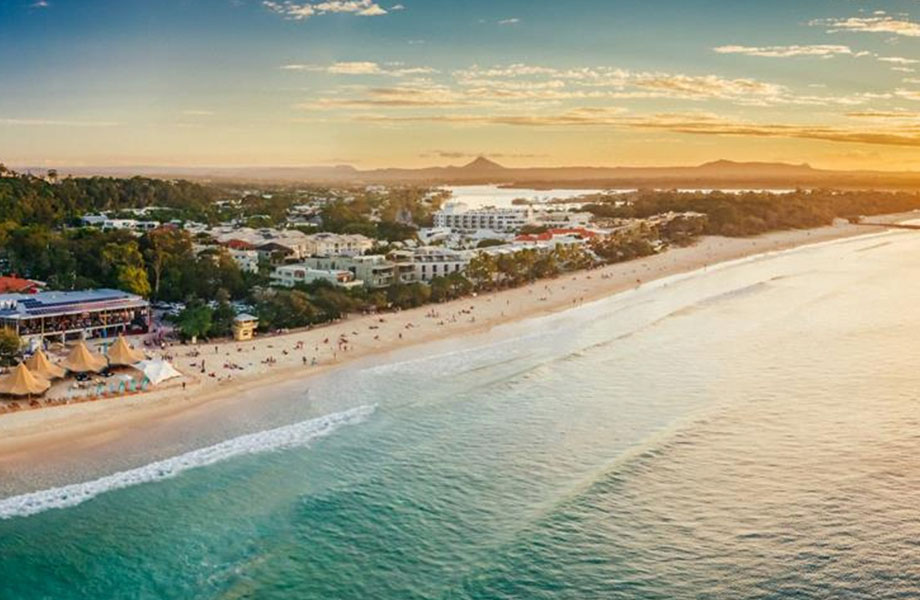12 Dec Brisbane Delivers Record House Prices – Slow and Steady Wins – by Dinah Lewis Boucher
Brisbane’s housing market has been one of the most consistent performers of all capital cities, delivering sustainable median house price growth in the September quarter.
The capital city is in good company, with the Sunshine Coast and the Gold Coast also achieving record annual median house prices, according to the Real Estate Institute of Queensland’s market monitor report.
Brisbane’s median house price grew 2.3 per cent to a new high of $675,000 for the year, reflecting a solidly performing southeast corner property market amid ongoing forecasts of doom and gloom in the sector.
The greater Brisbane annual median house price increased 2.3 per cent, from $513,000 in September 2017 to $525,000 for September 2018.
REIQ chief executive Antonia Mercorella said Queensland’s economy was proving to be a solid performer with new jobs bringing population growth and demand for housing.
“While other markets around the country are struggling in the face of tightened lending criteria and cooling investor appetite, the southeast corner of Queensland continues to deliver steady, sustainable growth,” Mercorella said.

The Gold Coast market increased 3.8 per cent to $629,000 and the Sunshine Coast (which includes Sunny Coast LGA and Noosa Shire) delivered 6.3 per cent growth to a new high of $595,000.
Greater Brisbane
REIQ says the greater Brisbane housing market has performed well for the “past quarter, past year and past five years”.
“The different regions within greater Brisbane operated at different speeds, with the house market in outer Brisbane outperforming Brisbane’s LGA.”
Redland was a “consistent performer” for the house and unit markets in the past year. House prices grew 3.3 per cent, to $537,000 and unit prices grew 1.2 per cent, to $415,000 for the year.
The Logan property market also performed well for the past 12 months, increasing by 3.1 per cent for houses and 2.2 per cent for units. Units in Logan remained the most affordable unit market in greater Brisbane for the September quarter.
The Ipswich housing market was the most affordable in greater Brisbane, with annual median house price growth of three per cent for the past year, to $345,000.
The Ipswich unit market was subdued, with annual median unit prices falling 5.6 per cent, to $311,500 for September.

Softening unit market
The latest REIQ research shows the unit market has continued to soften across the state.
Brisbane LGA annual median unit prices dropped 2.2 per cent to $440,000, with the market now “only 5.5 per cent stronger than it was five years ago”, the report said.
The Gold Coast unit market, which is the biggest unit market in the state with more than 10,000 sales per year, dropped by 1.6 per cent to an annual median unit price of $425,000.
While the Sunshine Coast bucked the trend, growing by 3.1 per cent to the annual median unit price to $430,000.
Within the Sunshine Coast market, Noosa took out the top spot as Queensland’s strongest performing house and unit market for the 12 months to September 2018.
Noosa’s median house price grew 8.7 per cent to $715,000, while its median unit price grew by 12.2 per cent to a new record price of $550,000.
“This market has roared up to the top of the table and completely smashed the growth trends,” Mercorella said.
“The demand for living in Noosa, either in a house or unit, seems to be almost insatiable.”

